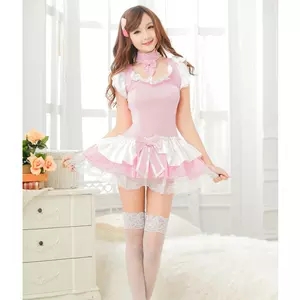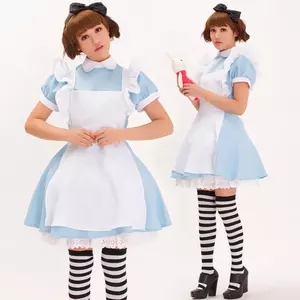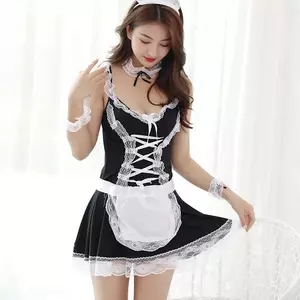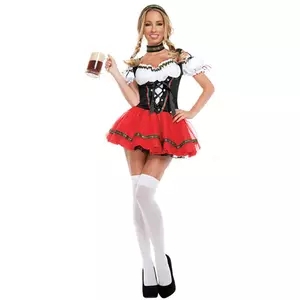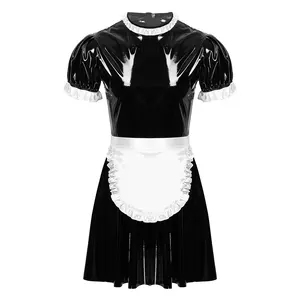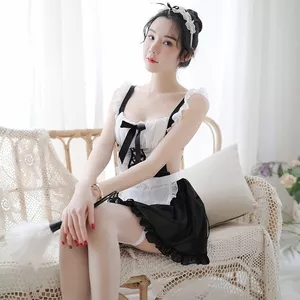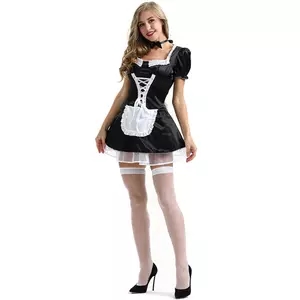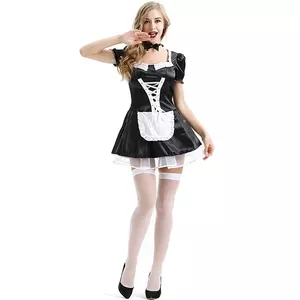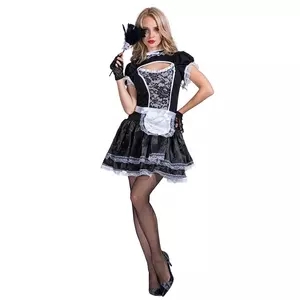Maid outfit (maid outfit) refers to the work outfit of the maid (Maid), and usually refers to the female outfit that imitates this kind of work outfit. At the end of the 19th century in England, servants and housekeepers wore a certain tendency within the range In modern Japan (especially the words and sayings that OTAKU tends to), the apron is dedicated to this name to refer to.
origin:
The maid dress in the popular sense now is the dress of the “maid” professional crowd. More integration of ACGN related elements. The maid costume comes from the costumes of the domestic servants of the European aristocrats in the 19th century. Especially when attending certain activities and gatherings, in order to show the noble spirit, the servants deliberately put on the maid costumes with the family logo to show their family status.
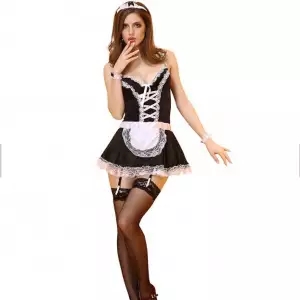
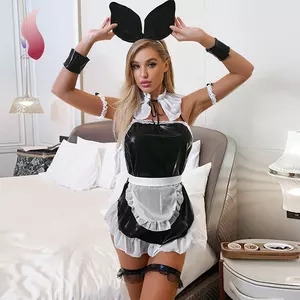
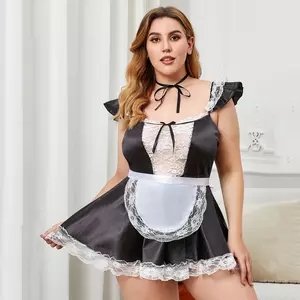
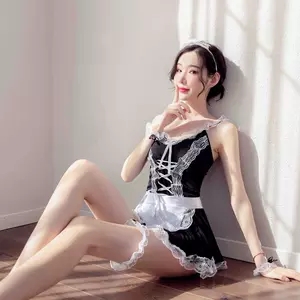




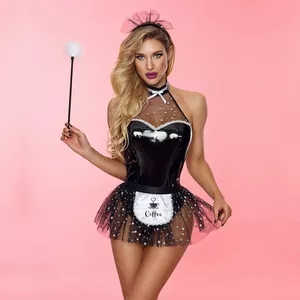
The recent development of maid uniforms is diversified and has its own characteristics. It can be divided into two categories:
A. Traditional
The so-called traditional form is based on the maid costumes of Medieval Europe, with functionality as the main appeal. The style is very simple and simple, mainly in white aprons decorated with ruffles and white-collar plain dresses, and maid turbans are also worn on the head. This type of maid uniform basically has no decoration except for the lotus leaf on the apron and the bow caused by the apron tie tied behind, and the neckline will be tied with a bow with a ribbon. In addition, the dresses are mostly black or blue, and bright colors are not often seen.
B. Improved
This type of maid dress is mainly integrated with the maid dress, and the style is more varied than the traditional one. The improved comparison is not based on functionality, but on aesthetics. The part of the apron is still mainly white with ruffles, while the part of the one-piece skirt is changed from a long skirt to a short skirt. Under the apron, more pantyhose and garter stockings are worn. It is often decorated with lots of lotus leaf edges, lace edges and big bow knots. And the color is not like the traditional type, which is mainly dark. Instead, a large number of bright colors are used as the base color, showing a young, lively and lovely feeling. There are also Japanese-style maid in the branch category, with a graduated hakama from the Taisho era with an apron, and a short hakama version.
In addition, many people confuse the maid costume and LOLITA costume. In fact, the biggest difference between the two is that the former is elegant and concise overall, with the focus on professional services; the latter is gorgeous, and it is the dress of the eldest lady.

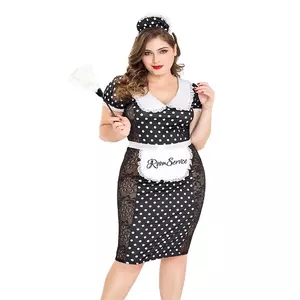

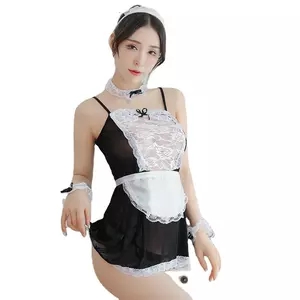
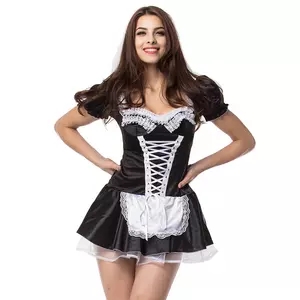
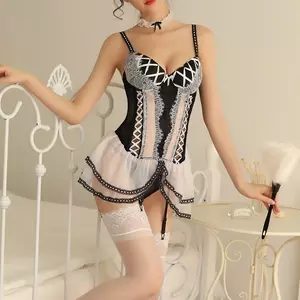



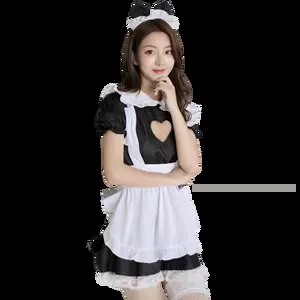
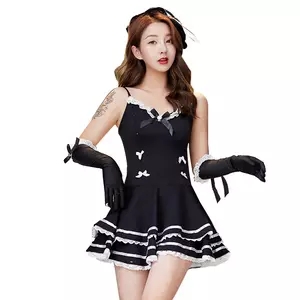

Feature:
Makeup: Mainly daily makeup and light makeup.
Long hair: Because someone has suggested that a girl with long hair trembles, long hair is also counted as one of the elements. In fact, most girls do not have high requirements for hair control, as long as they are clean and smooth.
Moukou: From the goddess Ling Boli to the god of Nagato, Moukou has been very popular since ancient times. Most of the mouthless maids in GALGAME obey the orders of their masters. This attribute can refer to the tea tea pill in “Magic Teacher”.
Maid declaration: The maid declaration is also a very important thing as a maid. “Akihabara Maid Games” is no stranger to everyone. The declaration made by the representatives of the maid before the opening of the Games: “As maids, we must uphold the spirit of dedication, in order to love the shop, care for our masters, and fight hard, we are here. Swearing. “In fact, this paragraph is not the cutest. The cutest is the line that a certain girl said in the “Charm Battle” afterwards: “Even if you fall into hell, the feeling of liking the owner will not change” Meng Fan A vote of audience. This sentence can also be seen as the maid’s declaration to the master.
Special skills: Although they are cute, they are relatively unrealistic; for example, magic, which can control time; joint skills; make delicious dishes; heal people’s hearts, etc.
